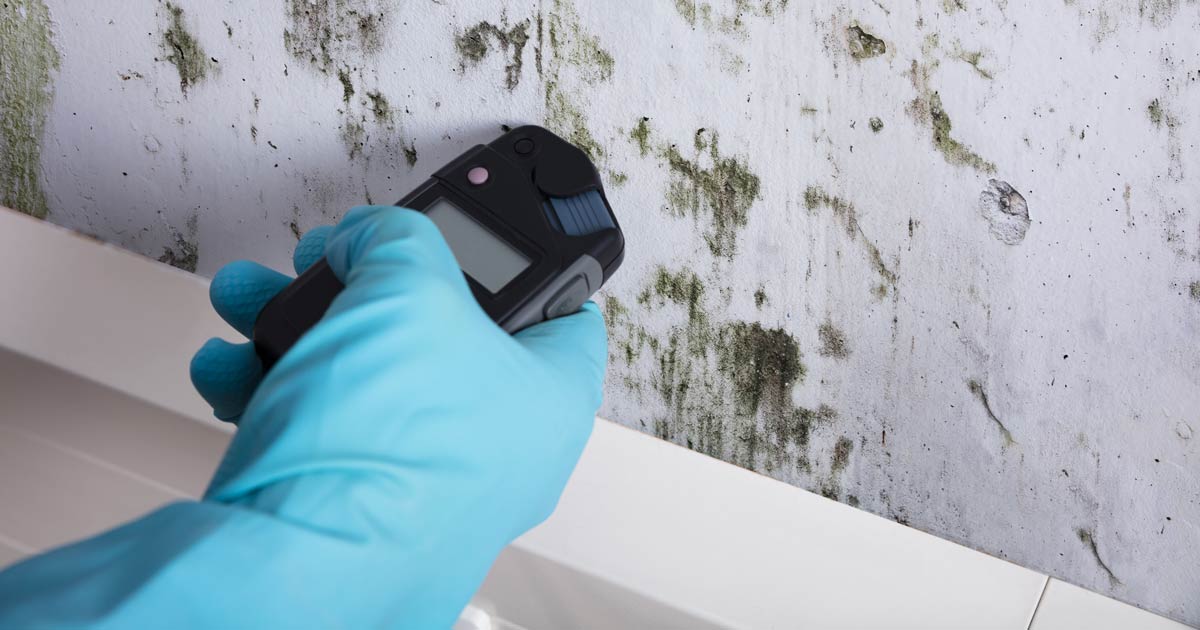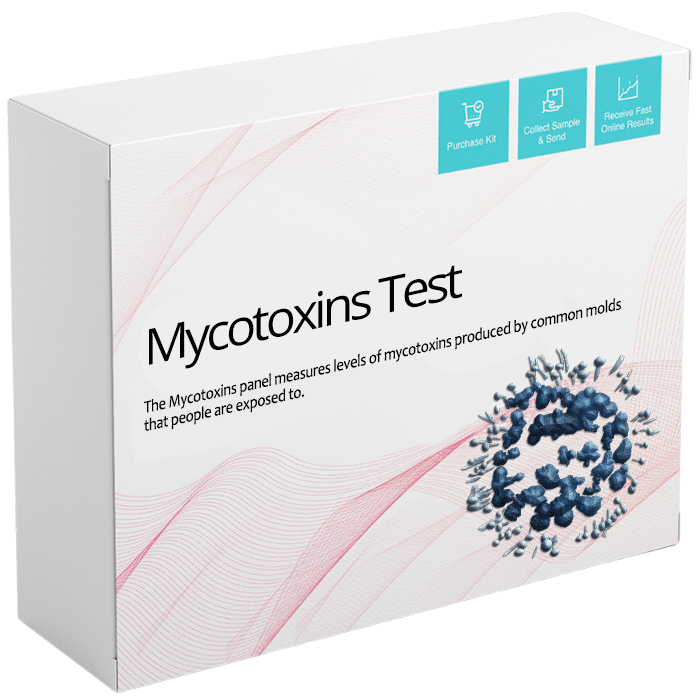Exactly How Mycotoxin Screening Assists Protect Against Contamination and Guard Food Supplies

Mycotoxin testing is an indispensable technique in the food market, offering as a frontline protection versus contamination by unsafe contaminants created by mold and mildews. With the application of advanced techniques like High-Performance Fluid Chromatography (HPLC) and Liquid Chromatography-Mass Spectrometry (LC-MS), food manufacturers can accurately spot and measure mycotoxin levels in farming products.
Understanding Mycotoxins
Recognizing mycotoxins starts with recognizing that they are poisonous additional metabolites generated by specific molds, which can pollute agricultural products. These metabolites are not important for the growth or reproduction of the fungis yet can have extreme ramifications for animal and human health and wellness. Mycotoxins are typically discovered in staple crops such as corn, wheat, barley, and nuts, where they can proliferate under particular conditions of moisture and temperature.
There are a number of kinds of mycotoxins, each created by various fungal types. Fusarium species create trichothecenes and fumonisins, both of which are linked with various intense and chronic wellness problems.

Risks of Mycotoxin Contamination
The dangers of mycotoxin contamination are multifaceted, posturing considerable threats to both food safety and public health. Mycotoxins, hazardous compounds generated by specific kinds of fungi, can pollute a wide array of agricultural items consisting of cereals, nuts, seasonings, dried fruits, and coffee.
Economic influences are another significant problem. Polluted plants can result in considerable economic losses for farmers and food manufacturers as a result of decreased returns and the demand for costly decontamination actions. Worldwide profession can be dramatically hindered as countries impose stringent mycotoxin laws to shield their populations, leading to rejected shipments and strained trade relations.
Environmental elements such as environment adjustment aggravate the threat of mycotoxin contamination. Variations in temperature and humidity can develop beneficial conditions for fungal growth, increasing the possibility of contamination events. Thus, understanding and alleviating these dangers are critical for ensuring the safety and integrity of international food products.
Approaches of Mycotoxin Examining
Properly recognizing mycotoxin contamination in farming products is vital for securing public health and wellness and preserving food security standards. Various approaches are used to identify and measure mycotoxins, each offering certain advantages and limitations.
High-Performance Fluid Chromatography (HPLC) is an extensively utilized method as a result of its high level of sensitivity and precision. It involves dividing mycotoxins from various other substances in an example, allowing accurate metrology. Liquid Chromatography-Mass Spectrometry (LC-MS) combines fluid chromatography with mass spectrometry to offer detailed molecular details, making it especially useful for recognizing numerous mycotoxins website here concurrently.

Gas Chromatography-Mass Spectrometry (GC-MS) and Thin-Layer Chromatography (TENDER LOVING CARE) are additionally used, each with one-of-a-kind applications. GC-MS works for volatile mycotoxins, while TLC provides a simpler, cost-effective alternative for preliminary screening.
Benefits of Regular Evaluating
Regular screening for mycotoxins browse around these guys in farming products provides various benefits, considerably contributing to public wellness and food safety and security. By identifying contamination early, routine screening aids protect against the circulation of poisonous foods, therefore lowering the danger of mycotoxin-related ailments amongst consumers. This proactive approach not just safeguards human health and wellness however also boosts the general quality of food supplies.
Constant testing also supports regulatory compliance. Various nations and areas have developed rigorous limits for mycotoxin degrees in food and feed. Adhering to these restrictions with normal testing makes certain that vendors and manufacturers satisfy lawful standards, therefore avoiding charges and profession barriers. Preserving conformity fosters customer trust fund and brand track record, which are essential for market success.
Furthermore, regular mycotoxin testing can result in substantial financial advantages. Early discovery of contamination enables timely intervention, decreasing prospective losses from extensive contamination. Applying normal screening methods can additionally decrease recall costs and related liabilities, which can be financially devastating.
Furthermore, regular screening gives beneficial information that can educate far better farming methods and storage conditions. By understanding patterns of contamination, producers can take on preventative actions, therefore contributing and reducing future threats to the sustainability of the food supply chain.
Applying Checking Procedures
Executing effective mycotoxin screening methods is vital for making sure the security and quality of farming products. Establishing a durable testing framework entails several essential actions, starting with the identification of possible contamination points within the production and supply chain. This consists of pre-harvest, post-harvest, storage, and circulation phases. Each phase has to be inspected to pinpoint where mycotoxin contamination is more than likely to happen.
As soon as vital control factors are identified, picking suitable screening methods is crucial. Common strategies include enzyme-linked immunosorbent assay (ELISA), high-performance fluid chromatography (HPLC), and mass spectrometry (MS) Each method has its weaknesses and toughness; thus, picking the appropriate one depends upon the specific mycotoxin being checked, the called for sensitivity, and offered sources.

Finally, incorporating the screening methods into a thorough food security management system is a good idea. This enhances traceability and makes it possible for swift rehabilitative actions when contamination is identified, consequently safeguarding the stability of the food supply chain.
Conclusion
Mycotoxin testing is essential in stopping contamination and safeguarding food materials by enabling early discovery of hazardous toxic substances produced by molds in farming products. Advanced techniques such as HPLC and LC-MS make certain compliance with security laws and safeguard customers from Continued wellness risks. Routine screening enhances brand track record, financial stability, and count on food safety and security by reducing contamination-related losses and preserving high criteria in food production. Executing extensive screening methods is therefore vital for the market's total health.
Mycotoxin testing is an important method in the food market, serving as a frontline defense against contamination by harmful toxins generated by mold and mildews. An incorporated technique including agricultural practices, storage space monitoring, and routine testing can mitigate the risks linked with mycotoxin contamination, making certain food security and public health and wellness.
The risks of mycotoxin contamination are complex, posturing considerable risks to both food safety and public wellness.Routine testing for mycotoxins in farming items provides numerous advantages, substantially contributing to public wellness and food security.Mycotoxin testing is crucial in stopping contamination and protecting food supplies by making it possible for early discovery of damaging toxins generated by molds in farming products.